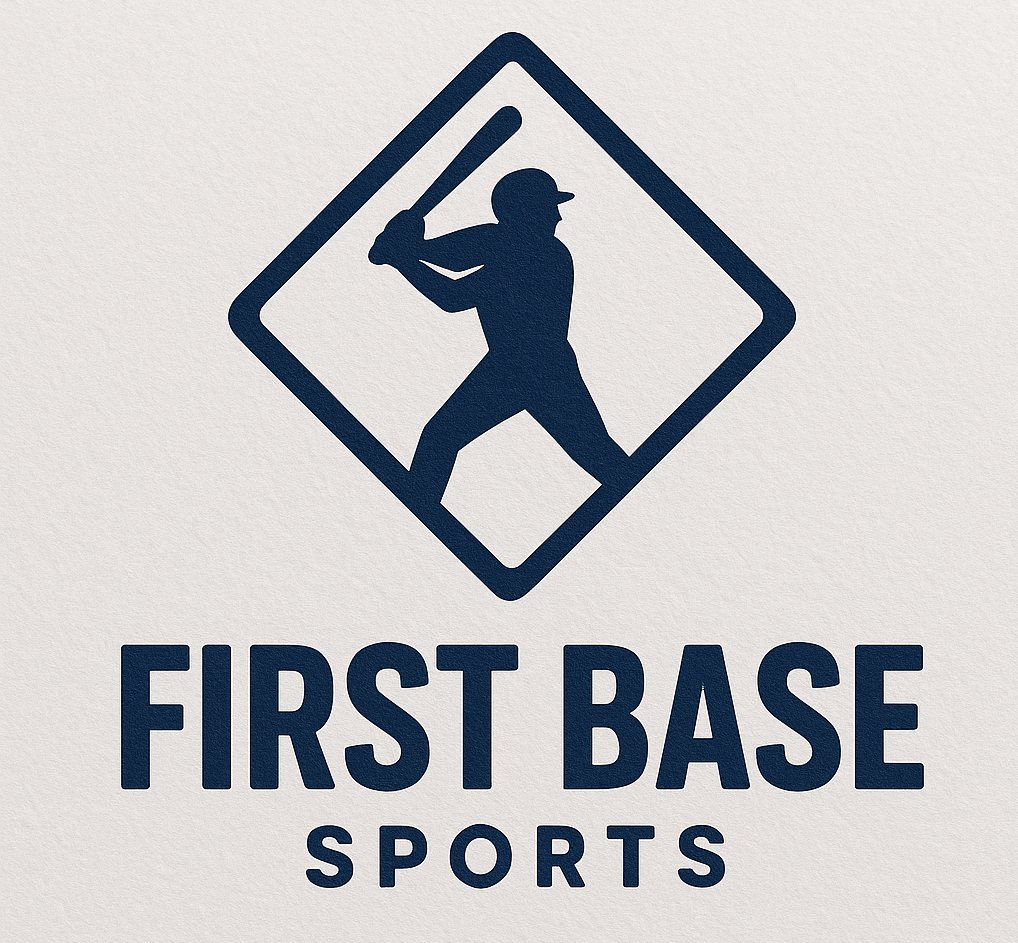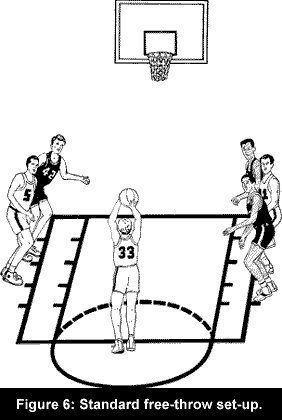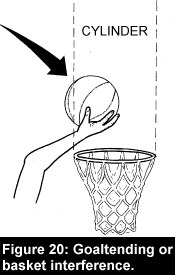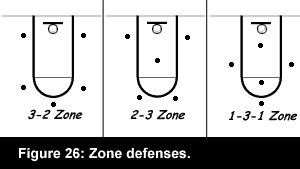Selected Excerpts From:
Chapter 5: Scoring
Chapter 10: Goaltending
Chapter 11: Things to Look For During Play / Strategy- Zone Defense
- 3-2 zone defense
- 2-3 zone defense
- 1-3-1 zone defense
Also:
Check out theTable of Contents for a chapter-by-chapter description
Italicized words can be found in the book’s Glossary and are linked to our on-line glossary reference.
|
|||
|
|
|||
|
|||


 There are 2 ways to score in basketball: a
There are 2 ways to score in basketball: a 
